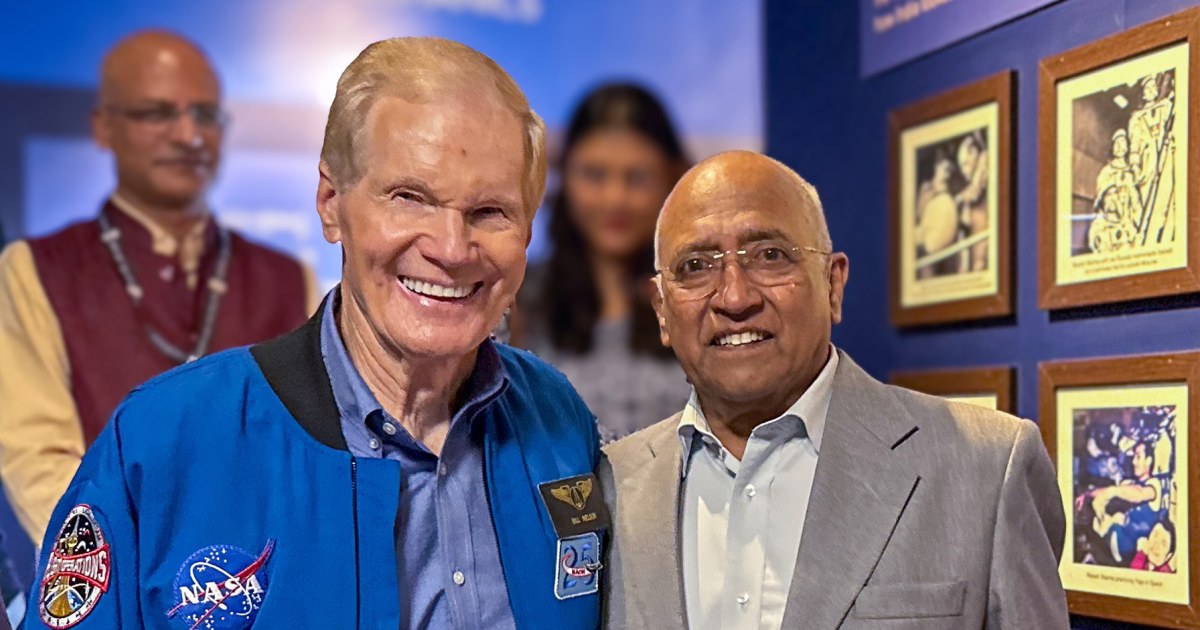India’s space ambitions show no signs of slowing down, as the country works to strengthen cooperation with the United States on a slew of upcoming scientific missions and human spaceflights.
The partnerships between the US-India space agency and the Indian Space Research Organization were part of a major visit by NASA Administrator Bill Nelson to the country last week. The talks have cemented India as a leading space nation and come at a time when the country is looking to ramp up its activities in low Earth orbit, on the moon and beyond.
Last week, Nelson said that NASA will train an Indian astronaut for an upcoming mission to the International Space Station. A specific timetable for this trip has not yet been set, but he told local media that it could happen as soon as next year.
The United States and India will jointly launch a new Earth observation satellite in the first quarter of 2024. NISAR or NASA ISRO Synthetic Aperture RadarIt is designed to study the planet’s ecosystems, waters and other natural resources to help guide efforts to mitigate the effects of climate change.
Nelson’s visit was part of the Biden administration’s efforts to deepen bilateral cooperation on technology and innovation projects between the US and India. NASA has also been keen to expand international partnerships as part of the Artemis Accords to maintain peaceful and transparent exploration of space.
Nelson’s week-long visit to India built on previous agreements between the two space agencies to collaborate on projects related to earth sciences, space exploration, technology and innovation.
He added, “India is a pioneer in the field of space and we look forward to a fruitful visit.” It was published last month on X At the beginning of his visit to multiple cities.
India has emerged in recent years as a major player in what has been dubbed the new global space race, in which nations as well as private entrepreneurs vie for greater influence.
The Indian space agency said it intends to build its own space station in orbit in the coming decades, while also continuing to conduct manned missions to the moon.
The country made history in August after the successful landing of the unmanned Chandrayaan-3 spacecraft on the moon’s surface, becoming the first country to reach the lunar south pole.












































